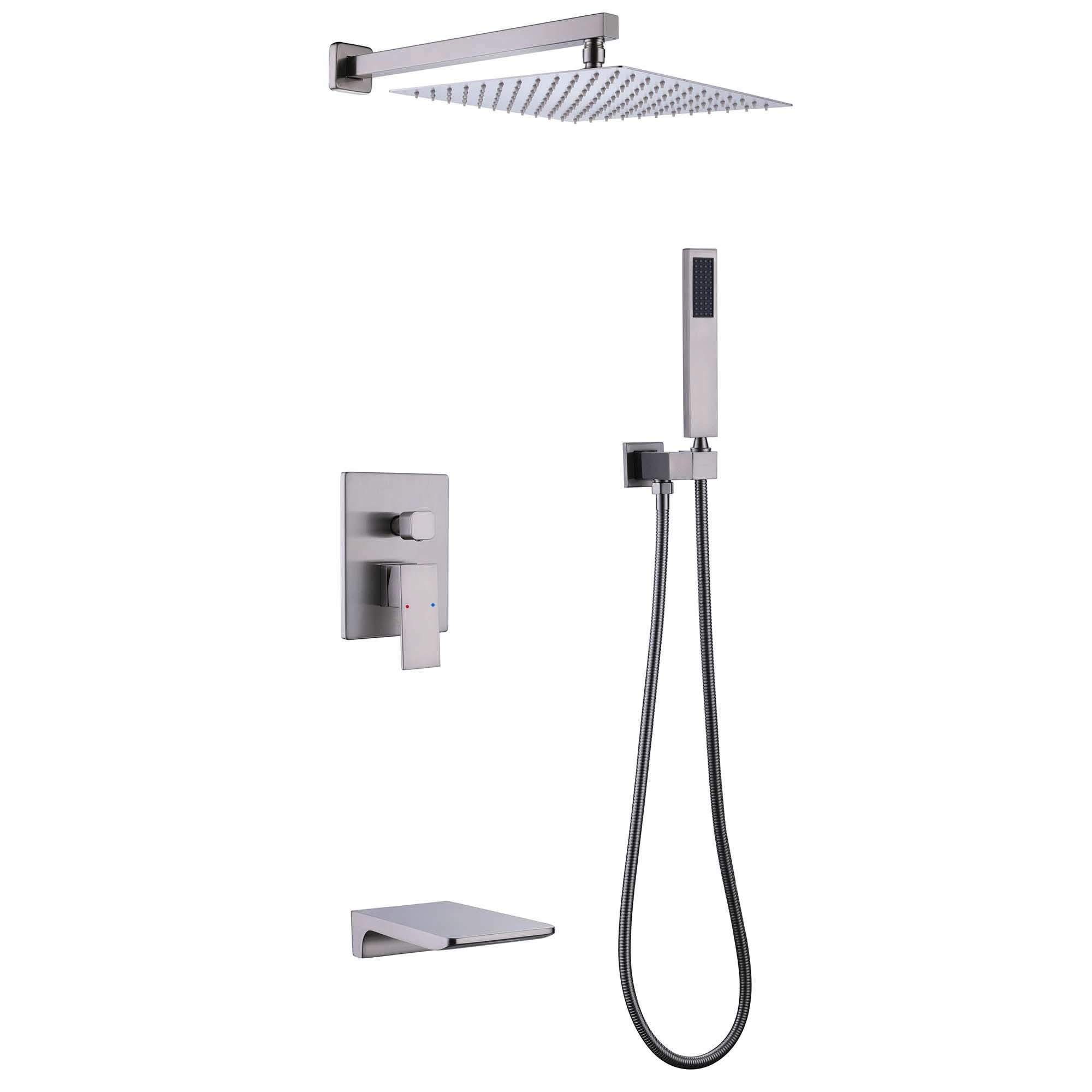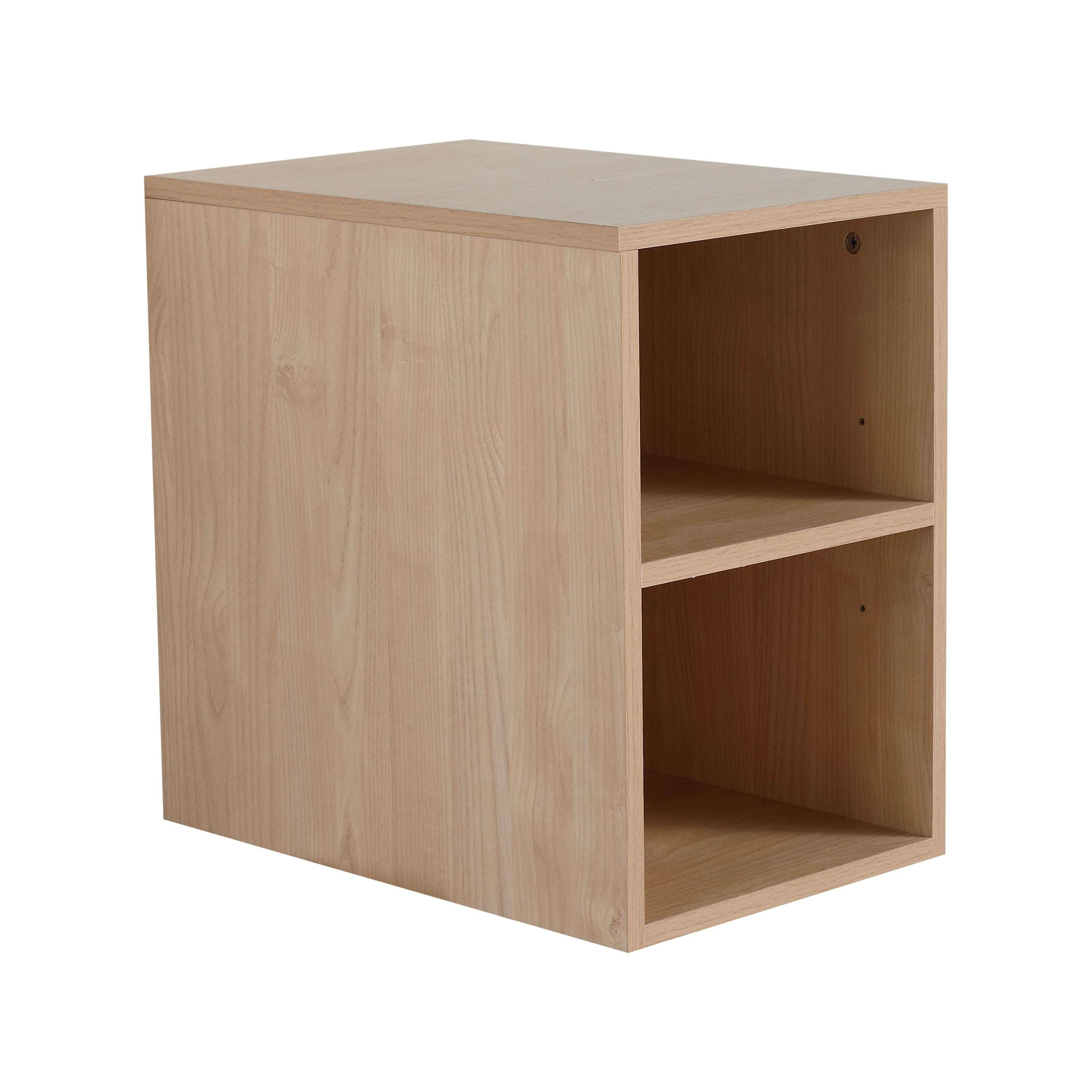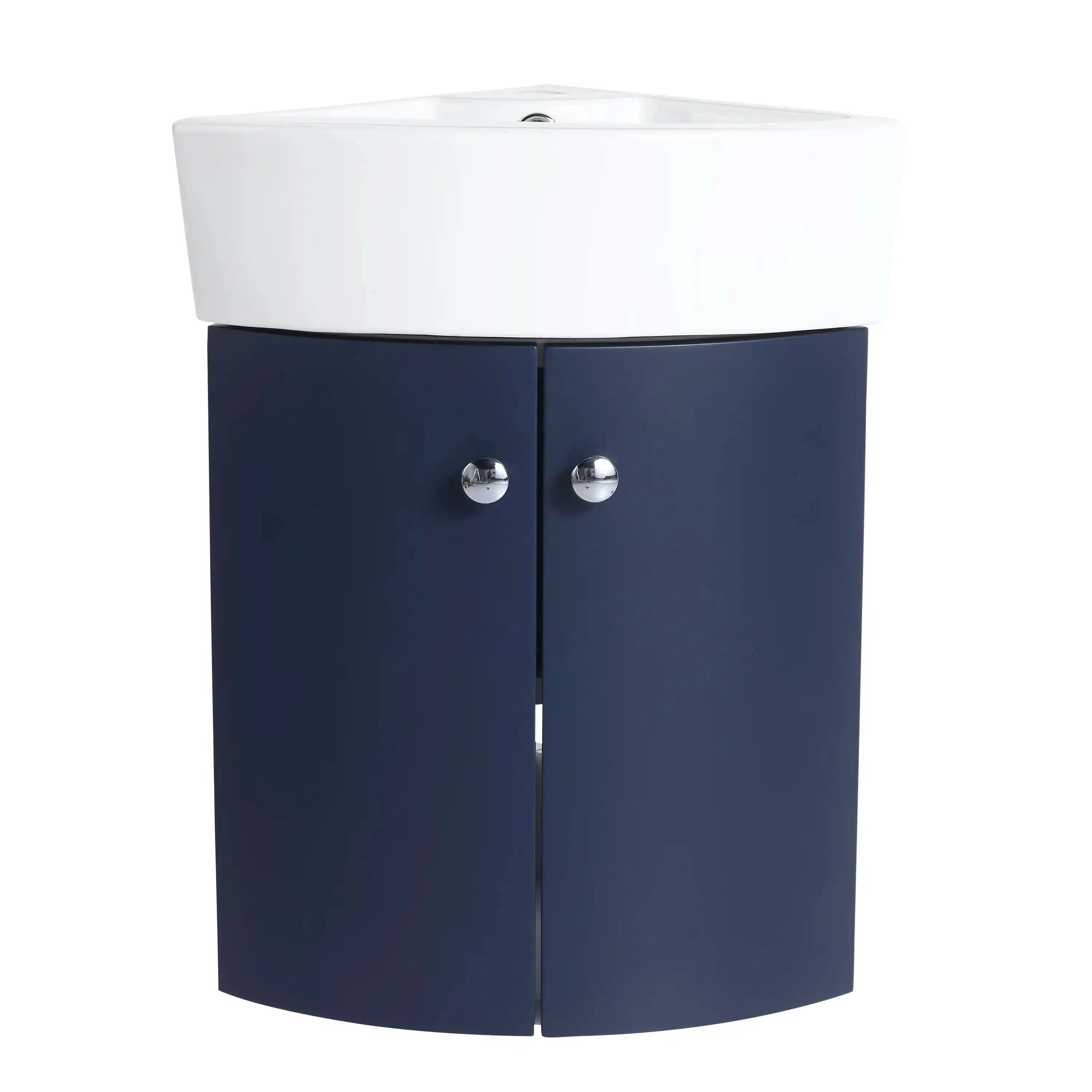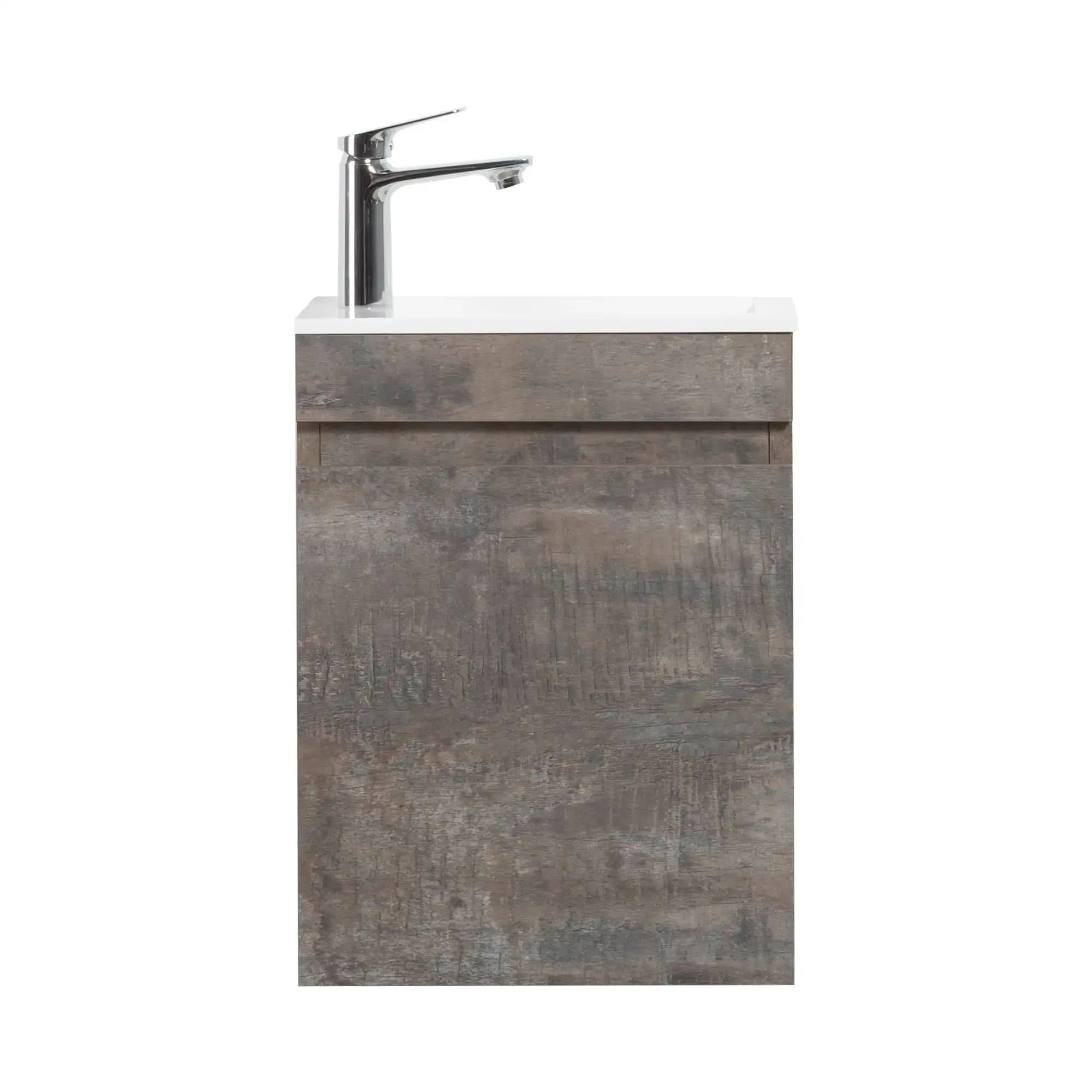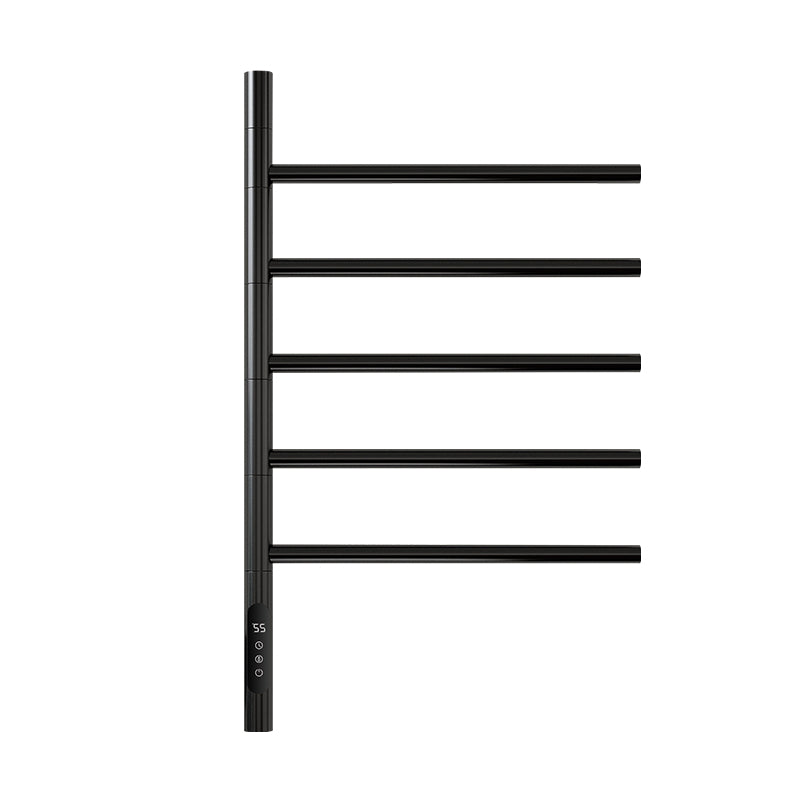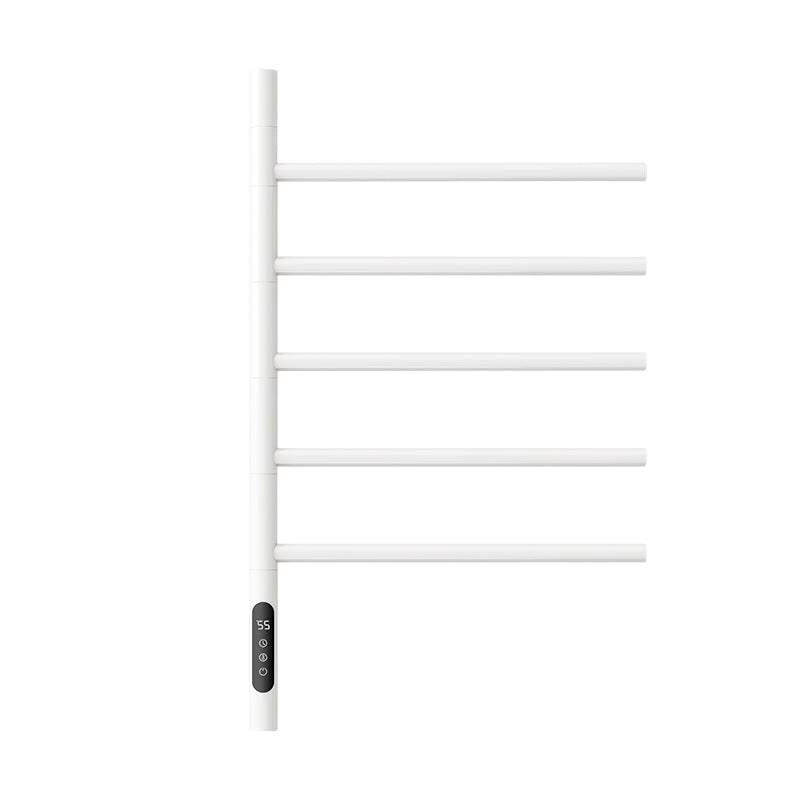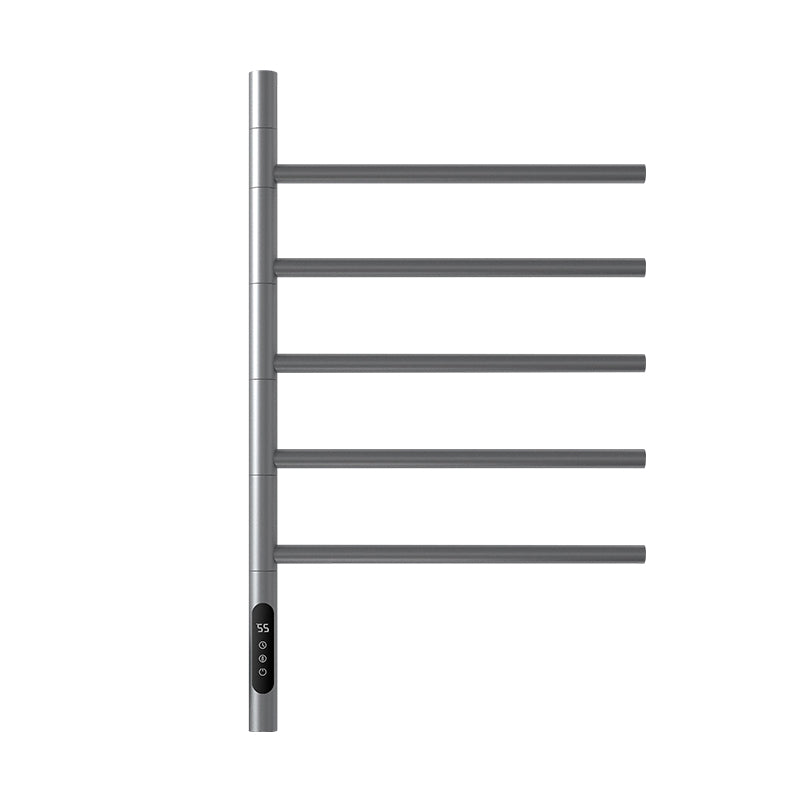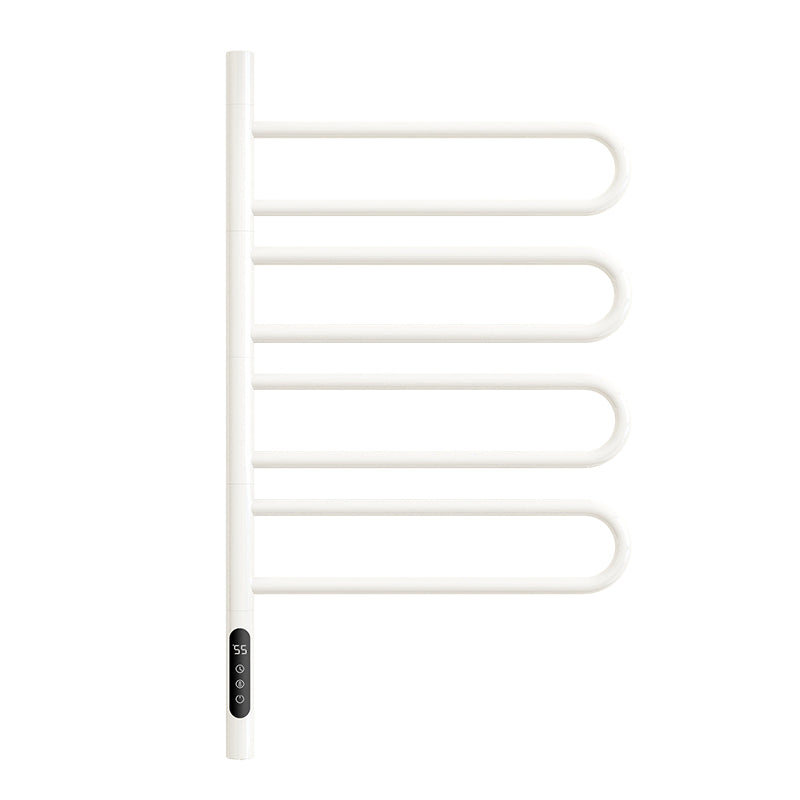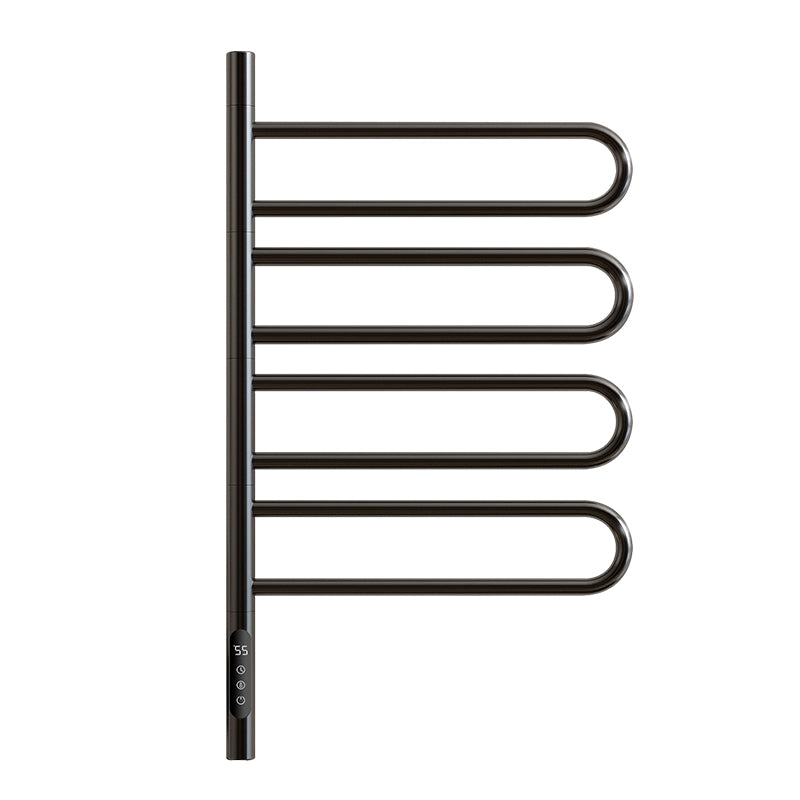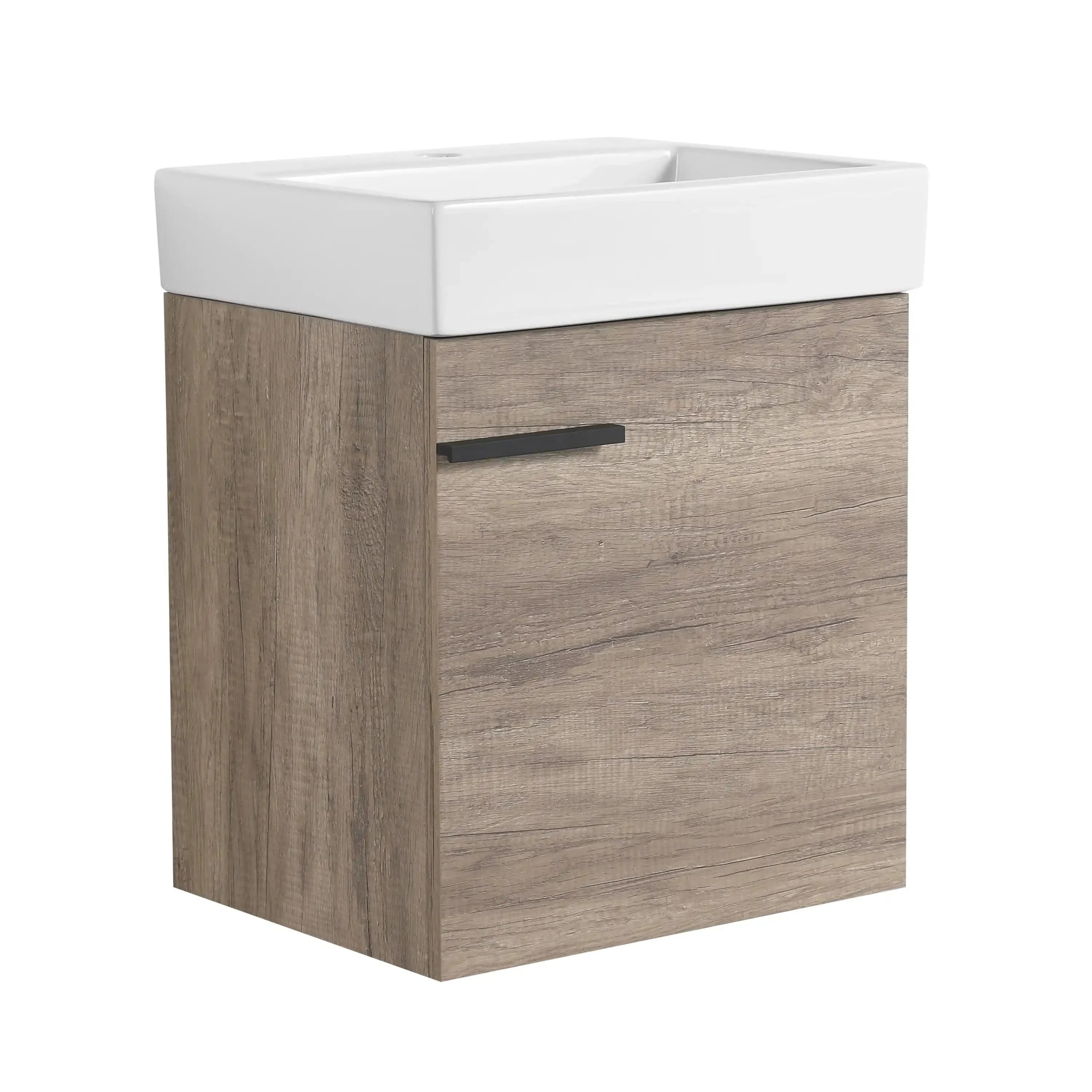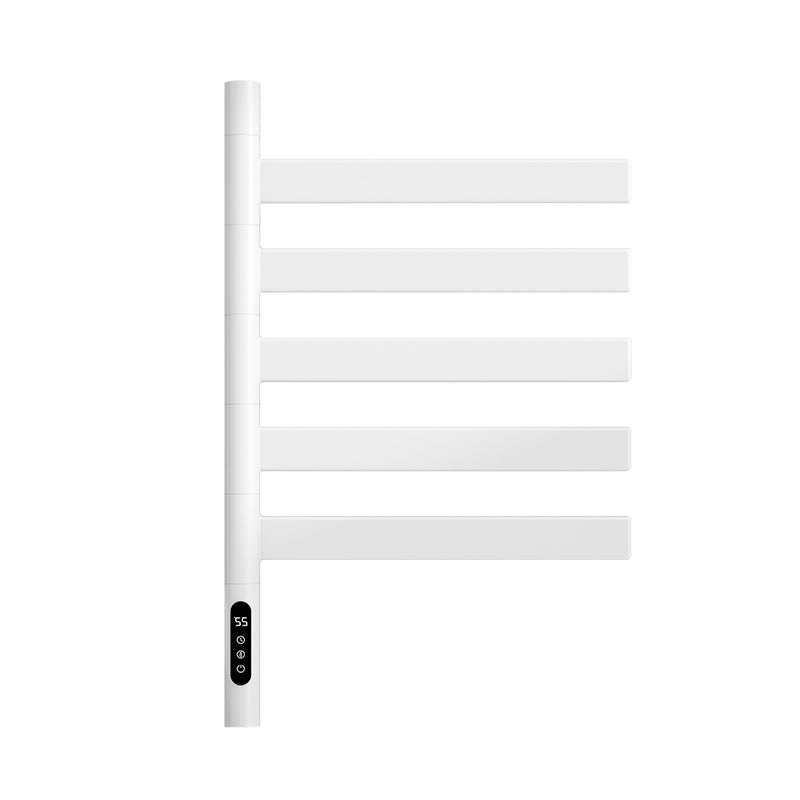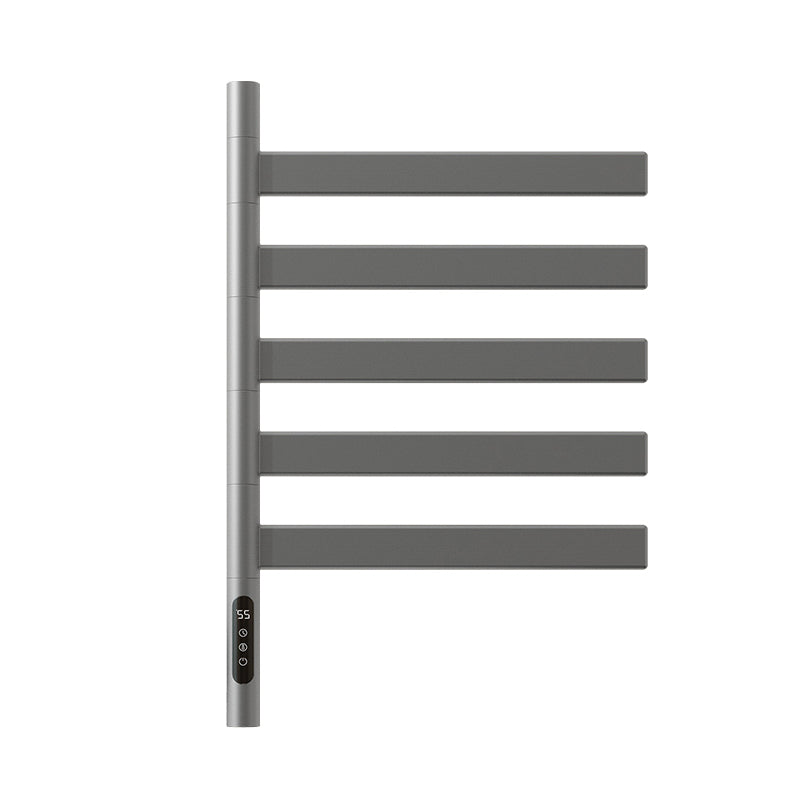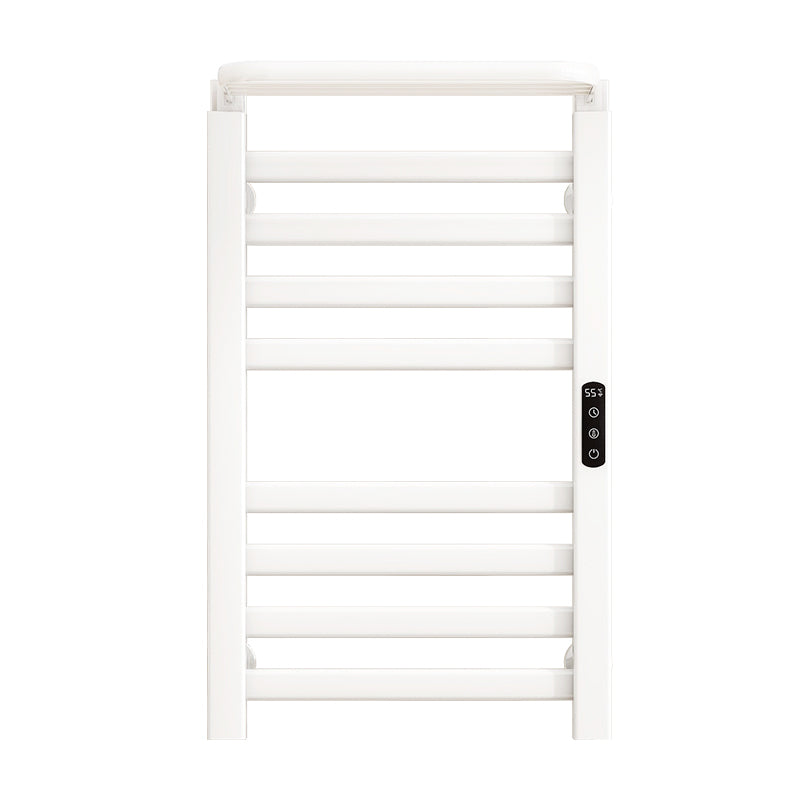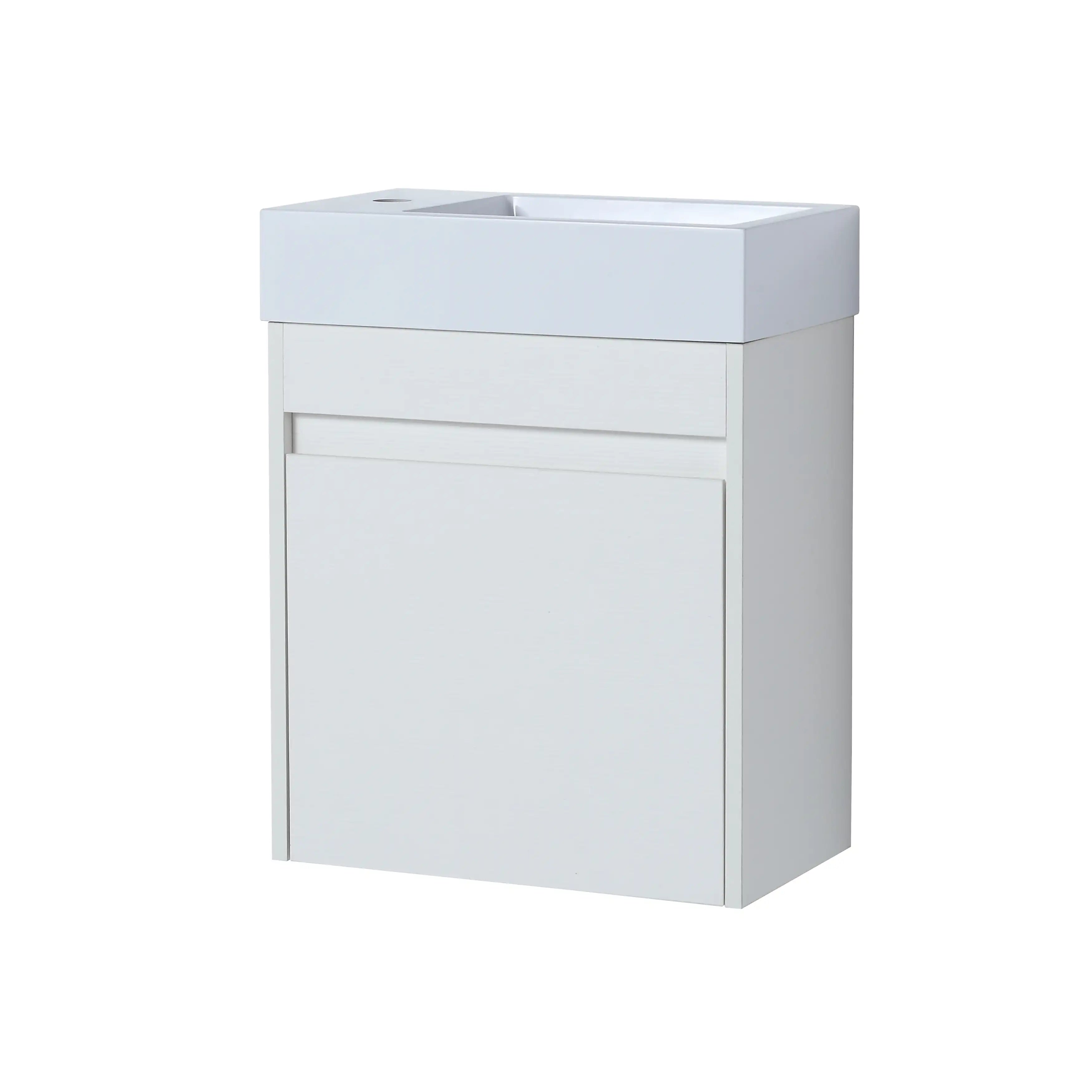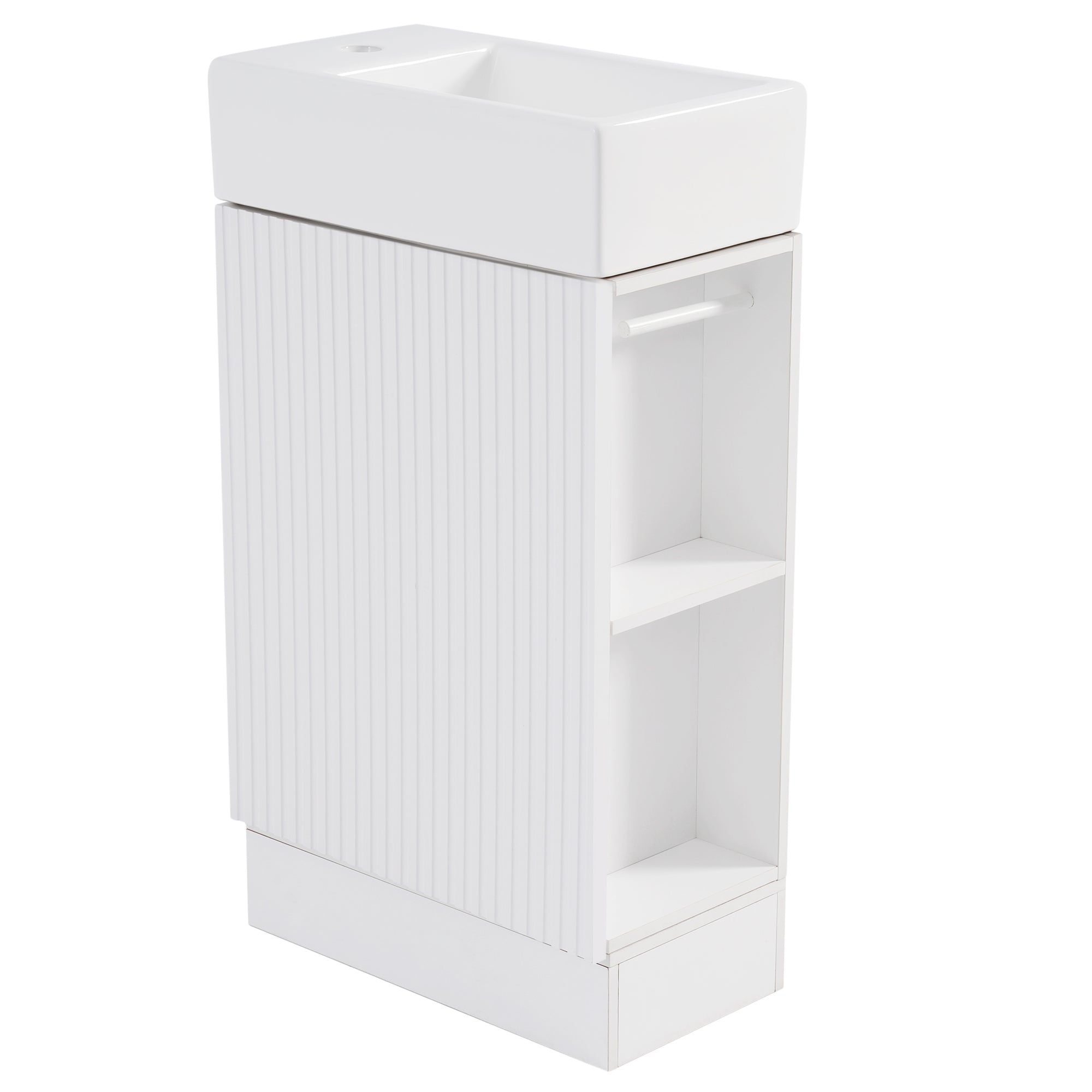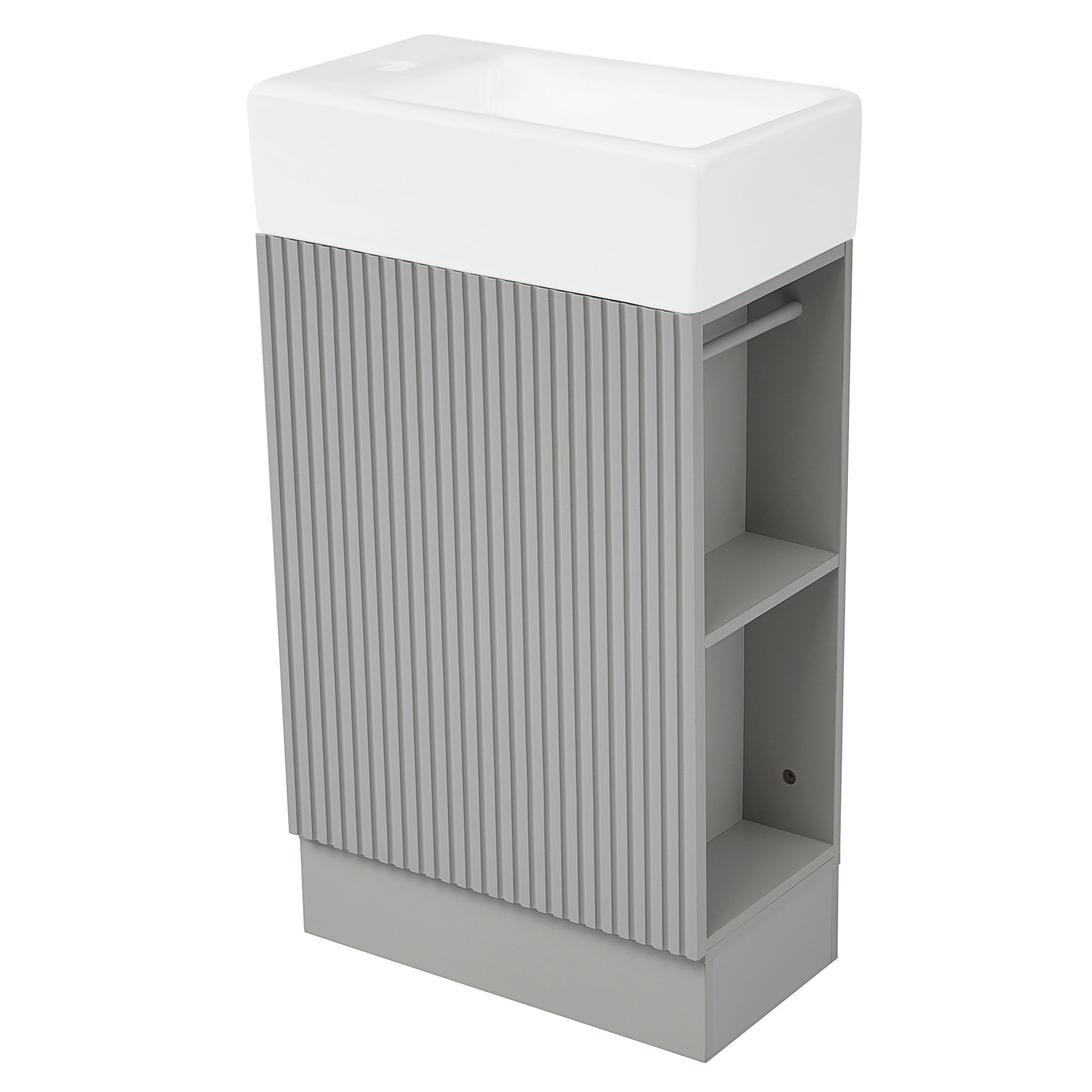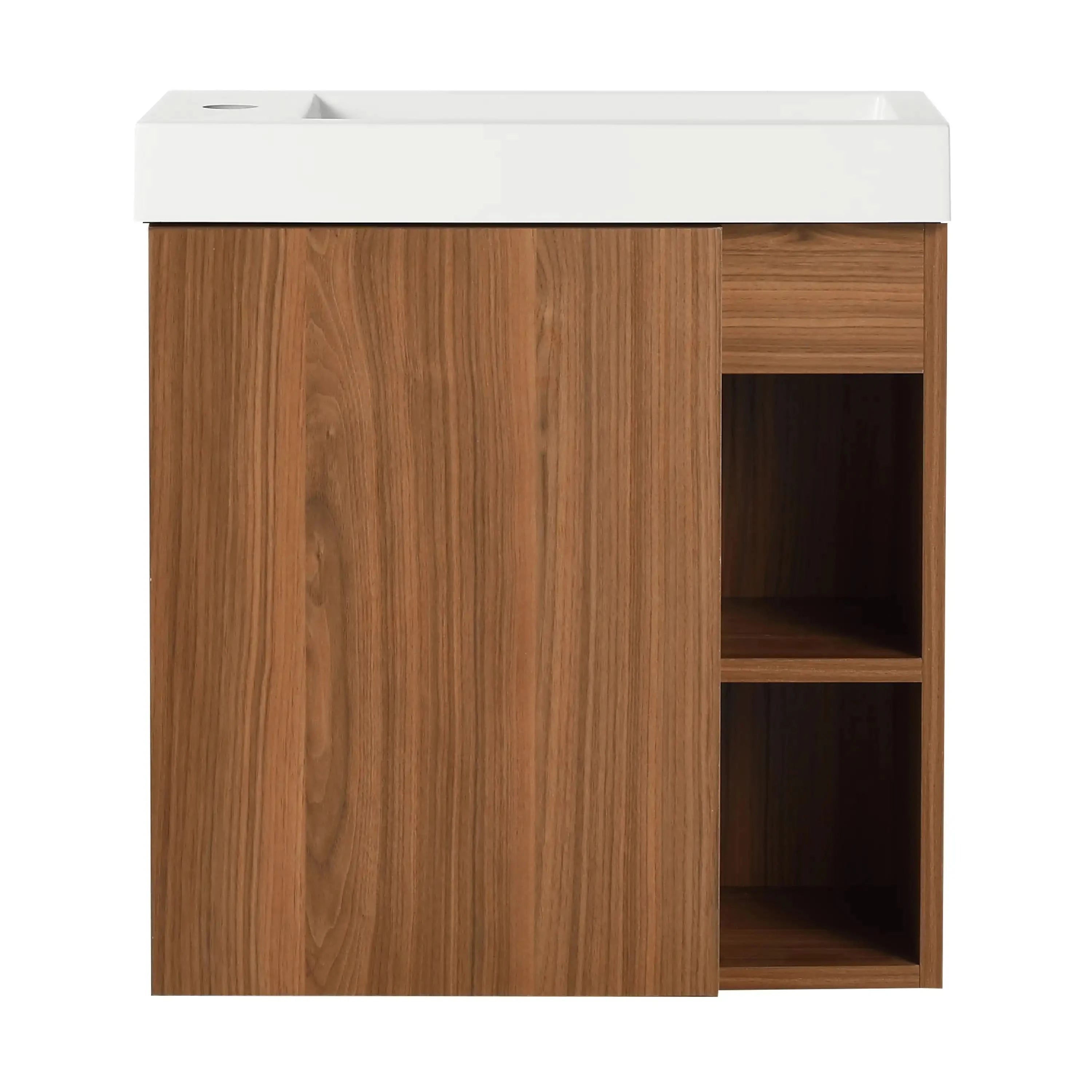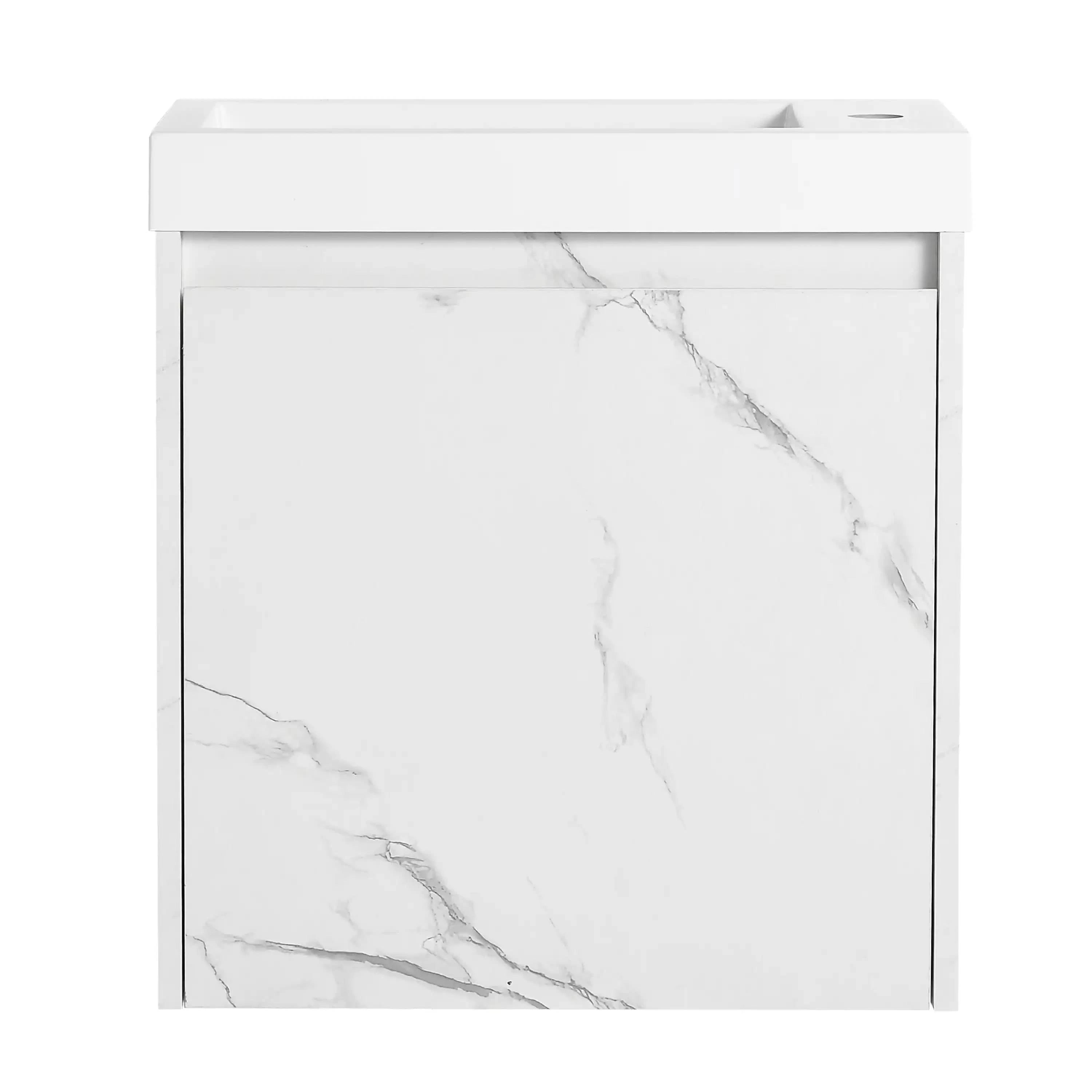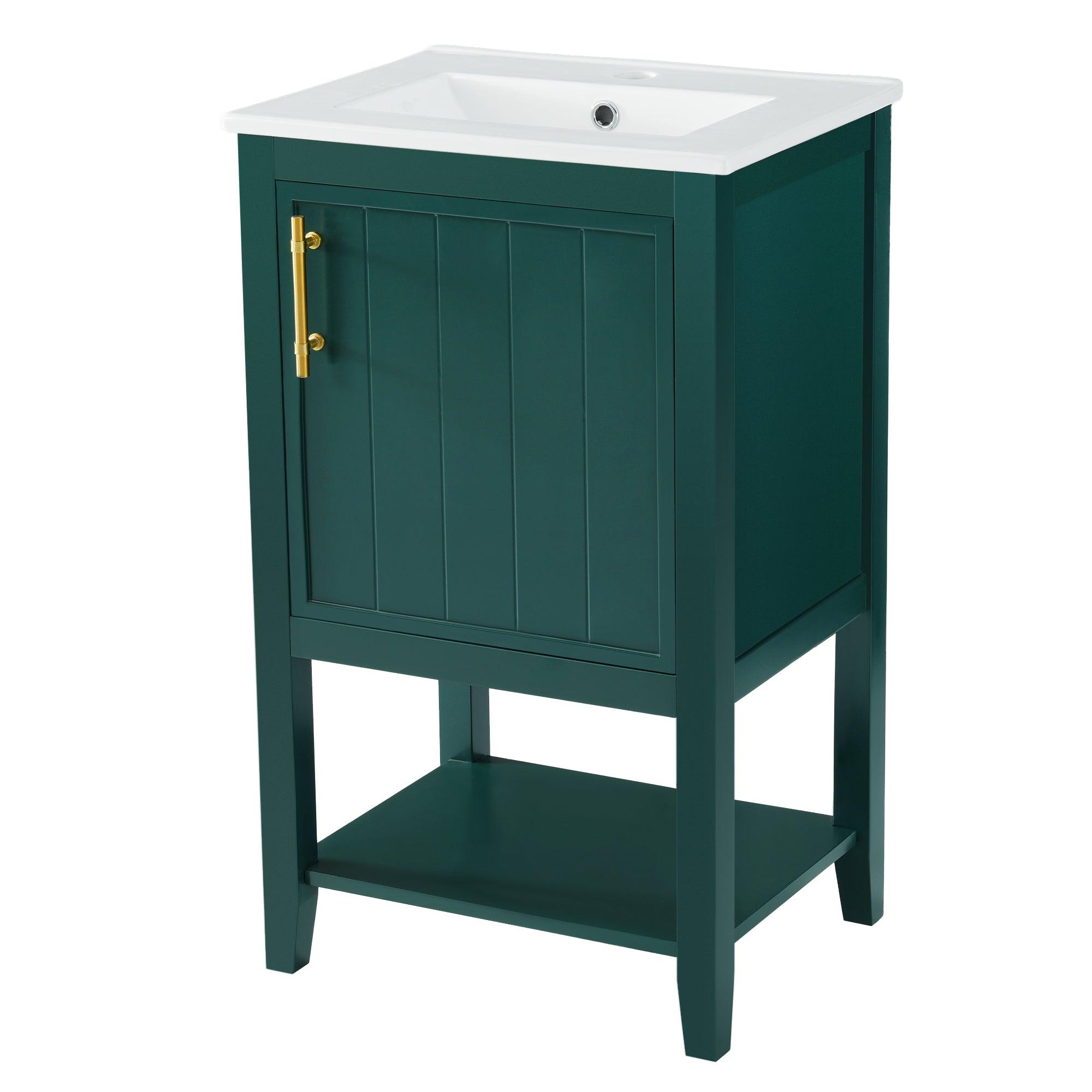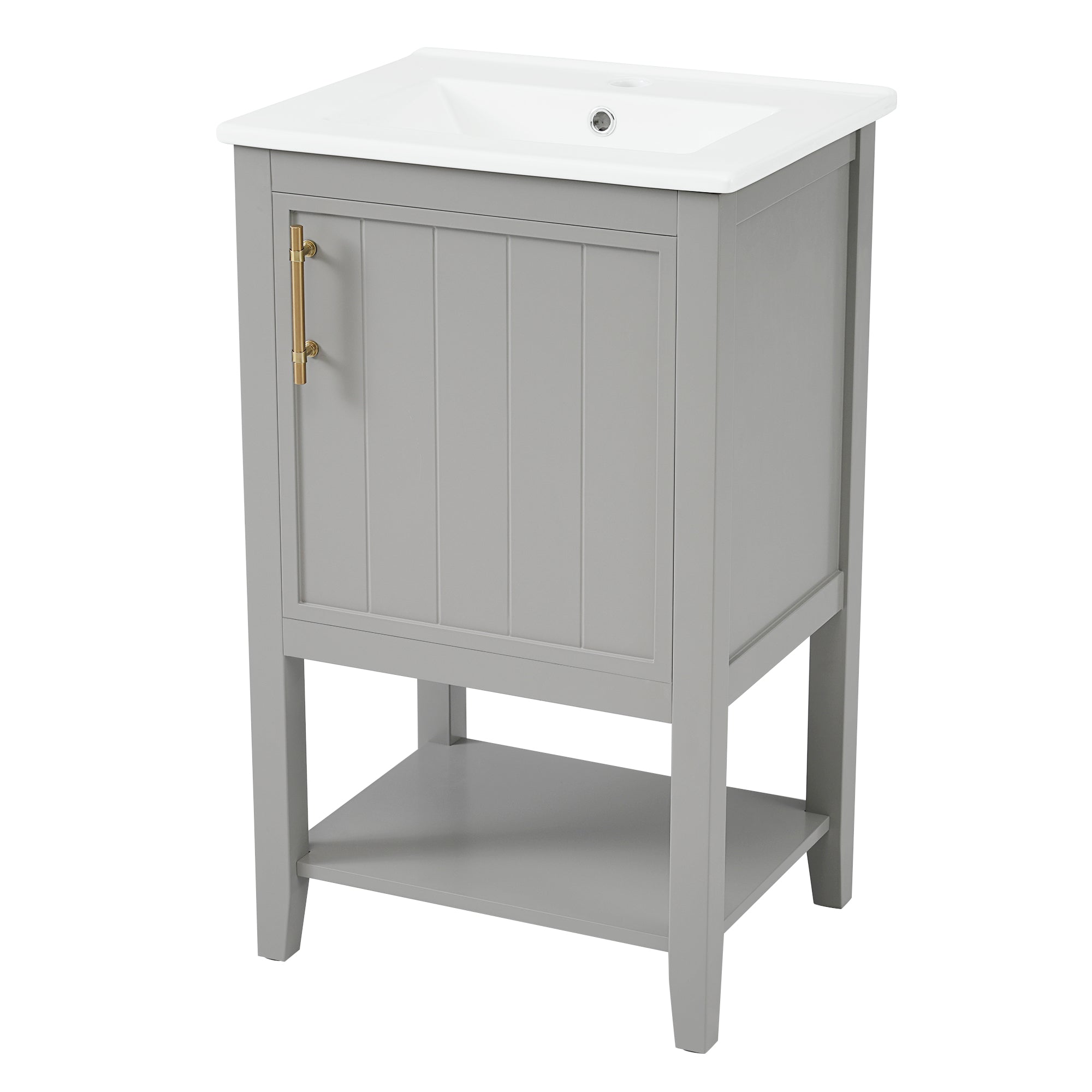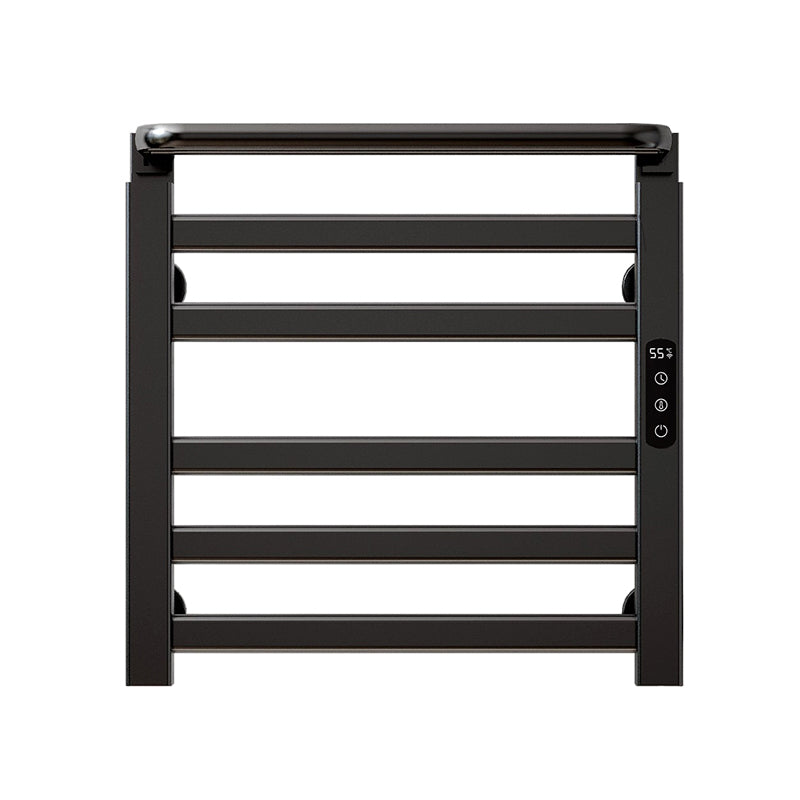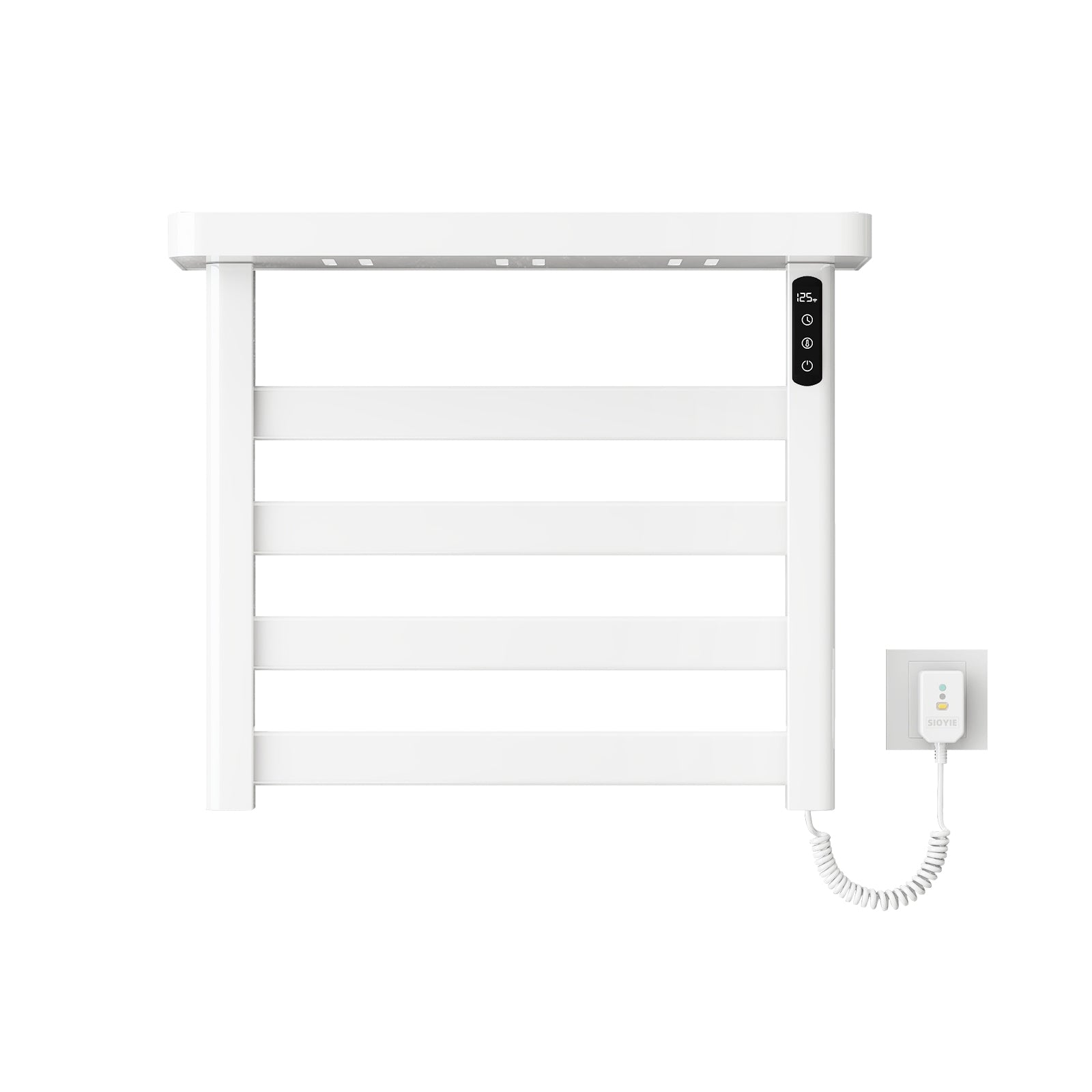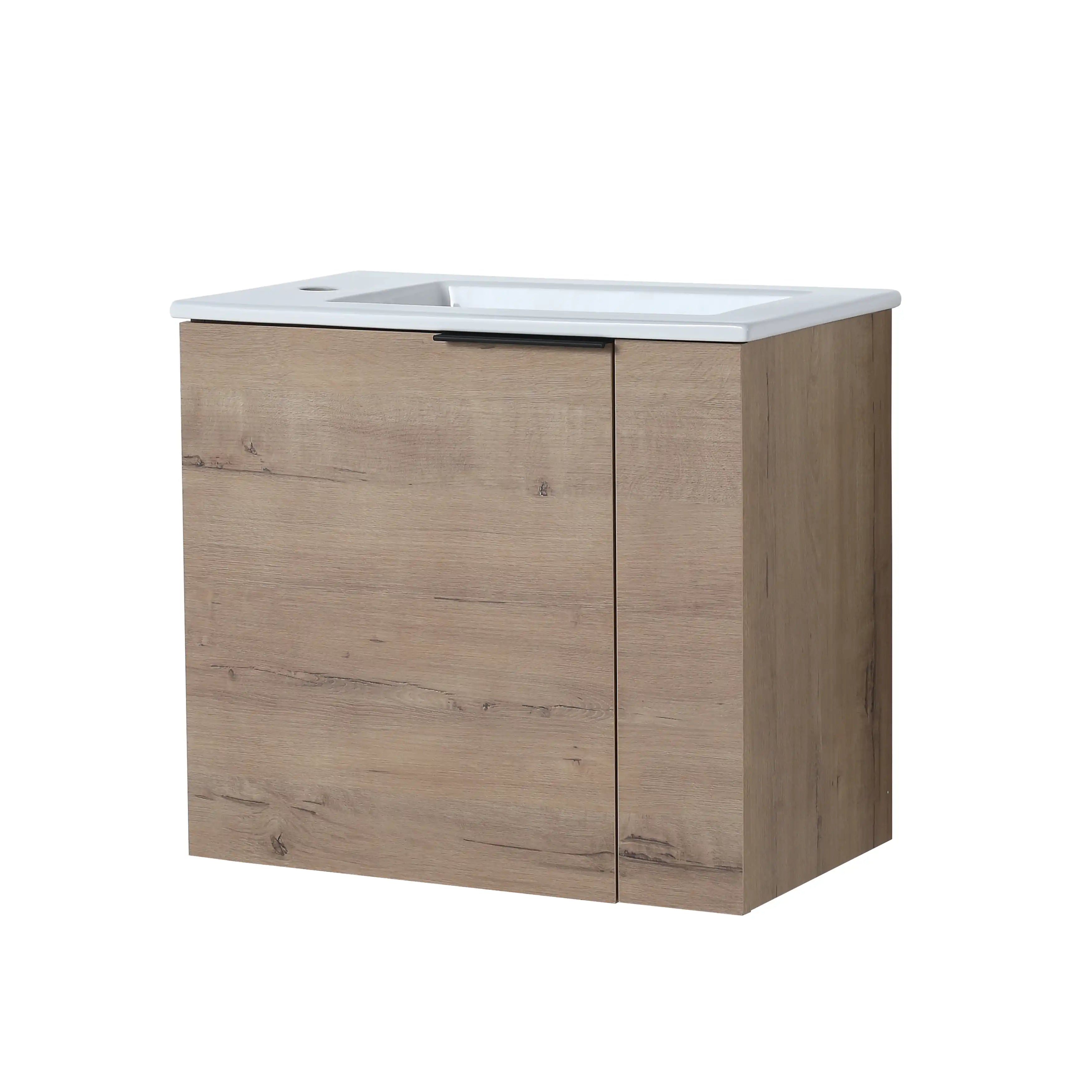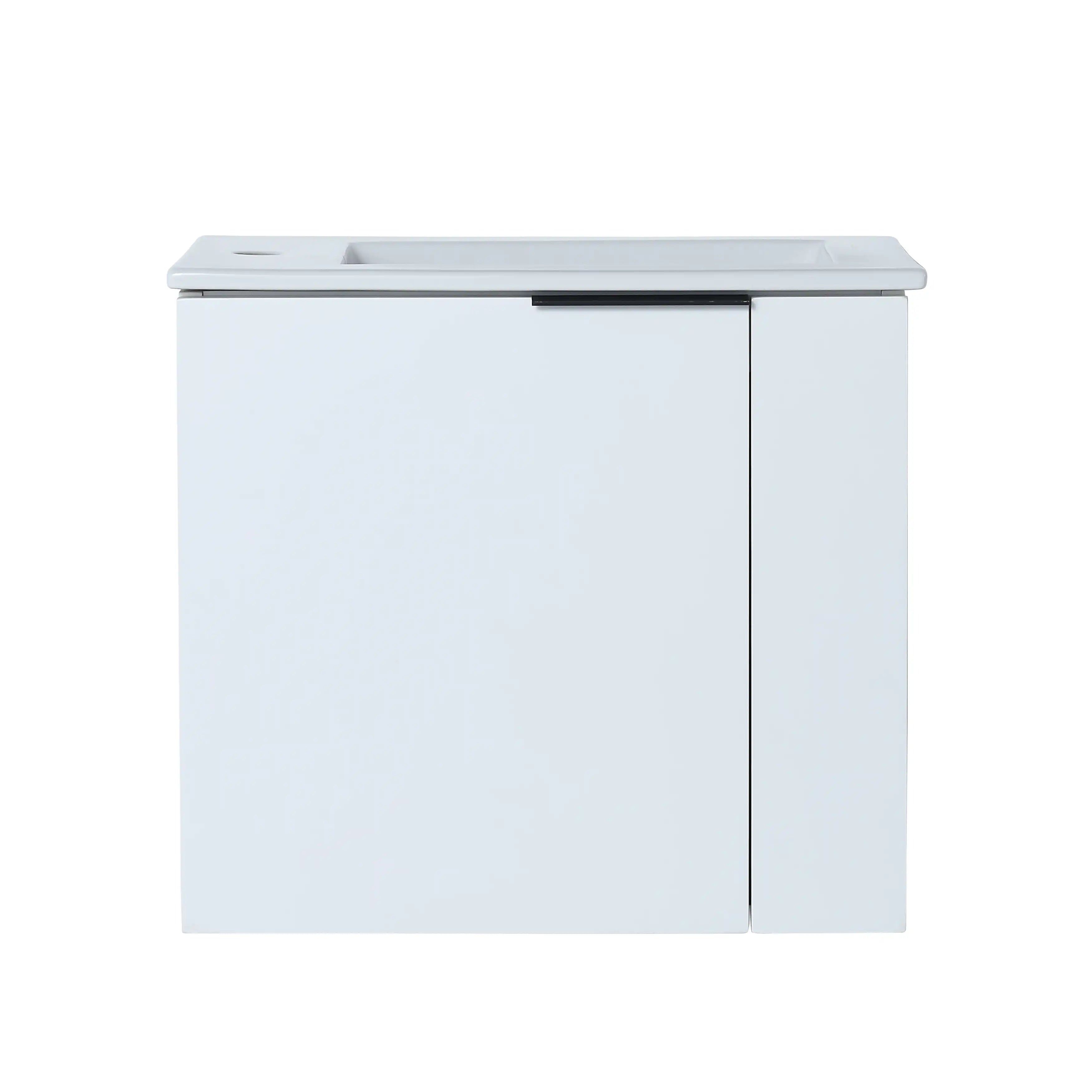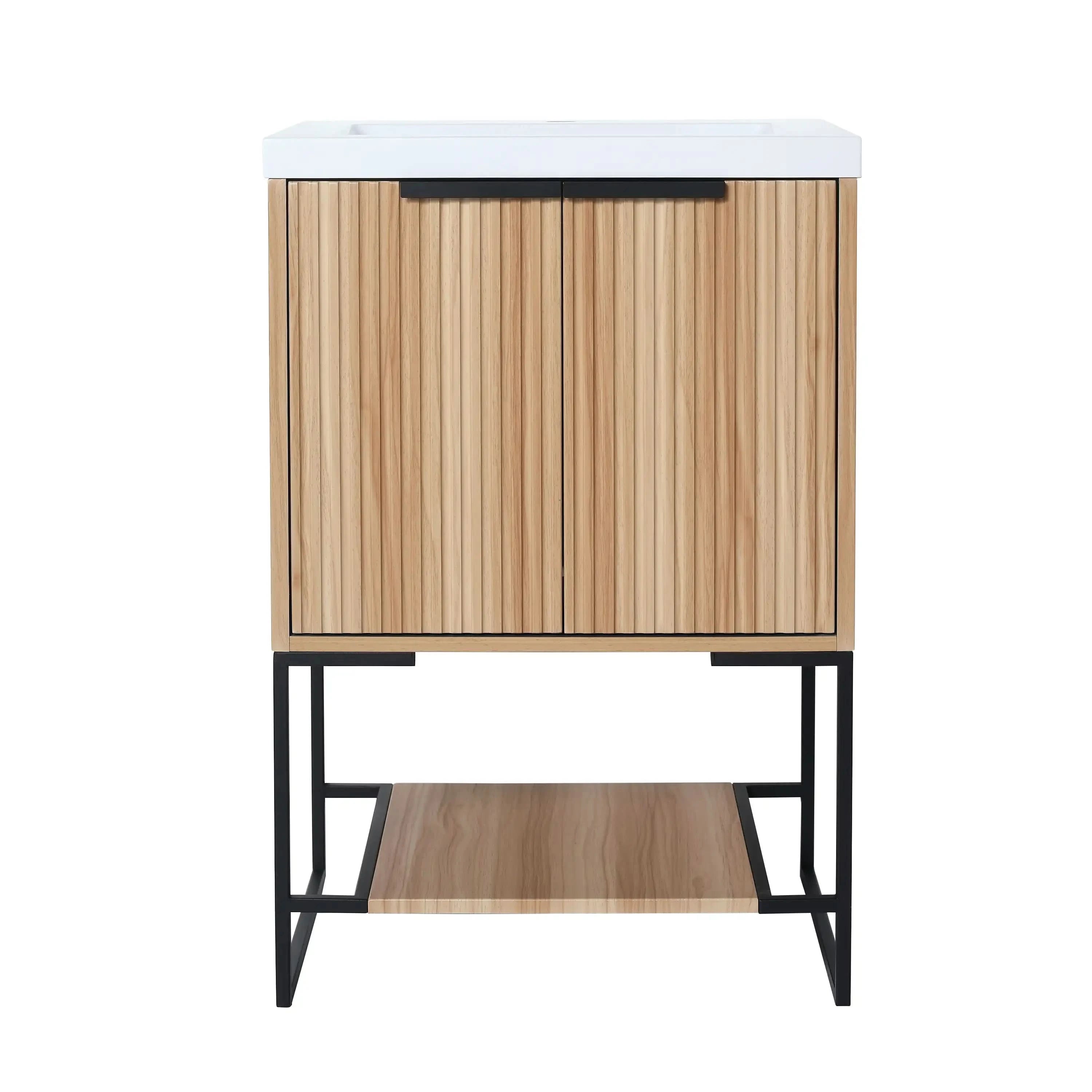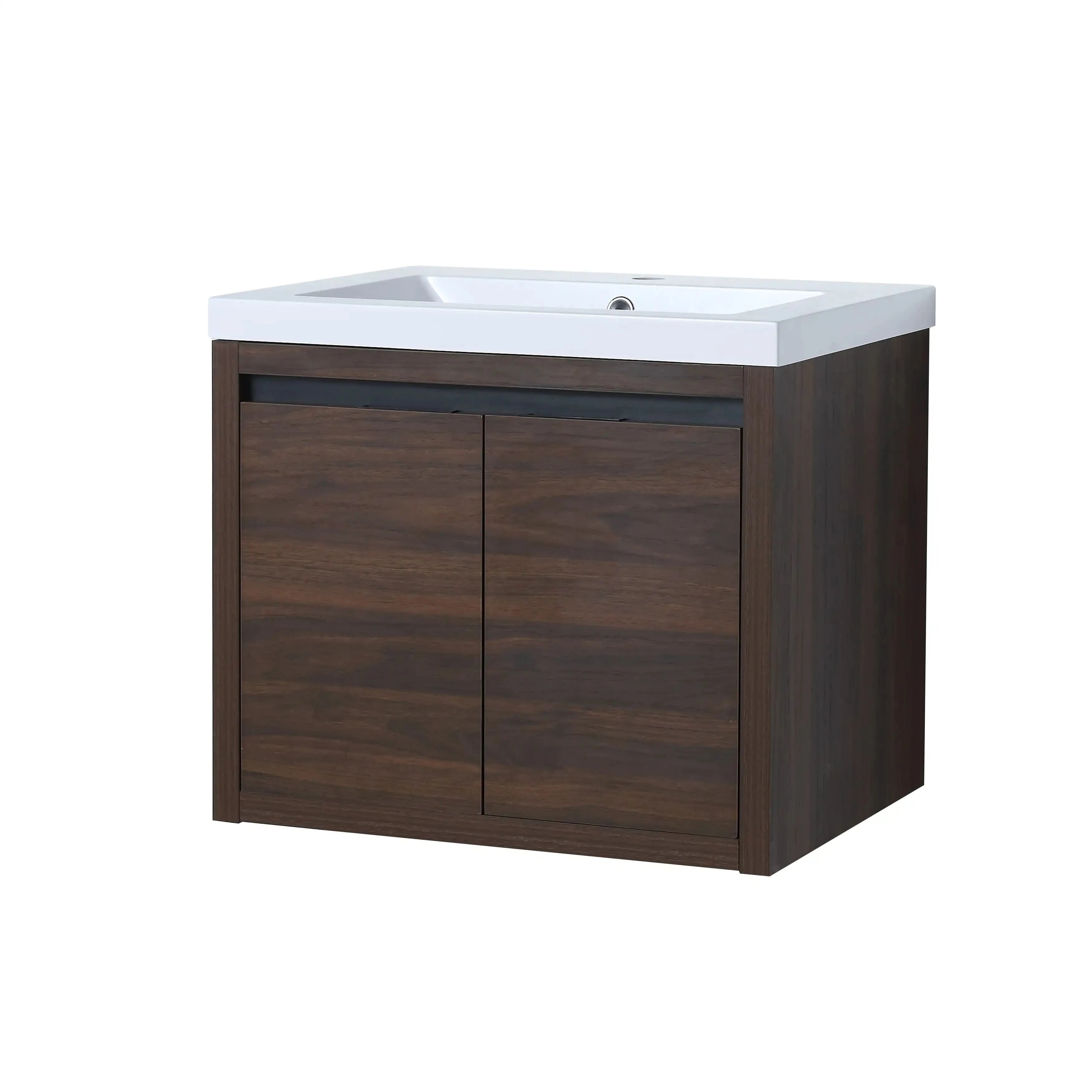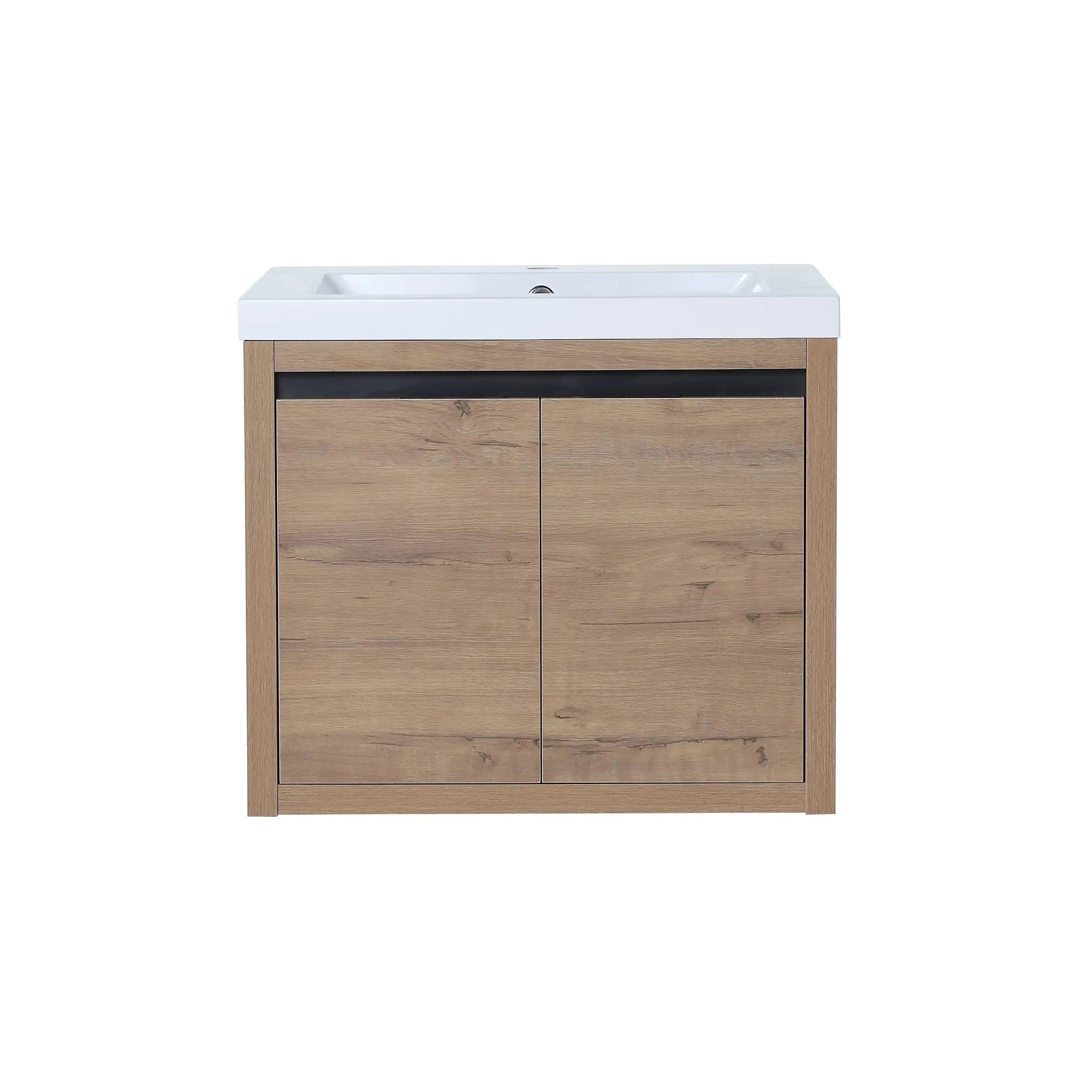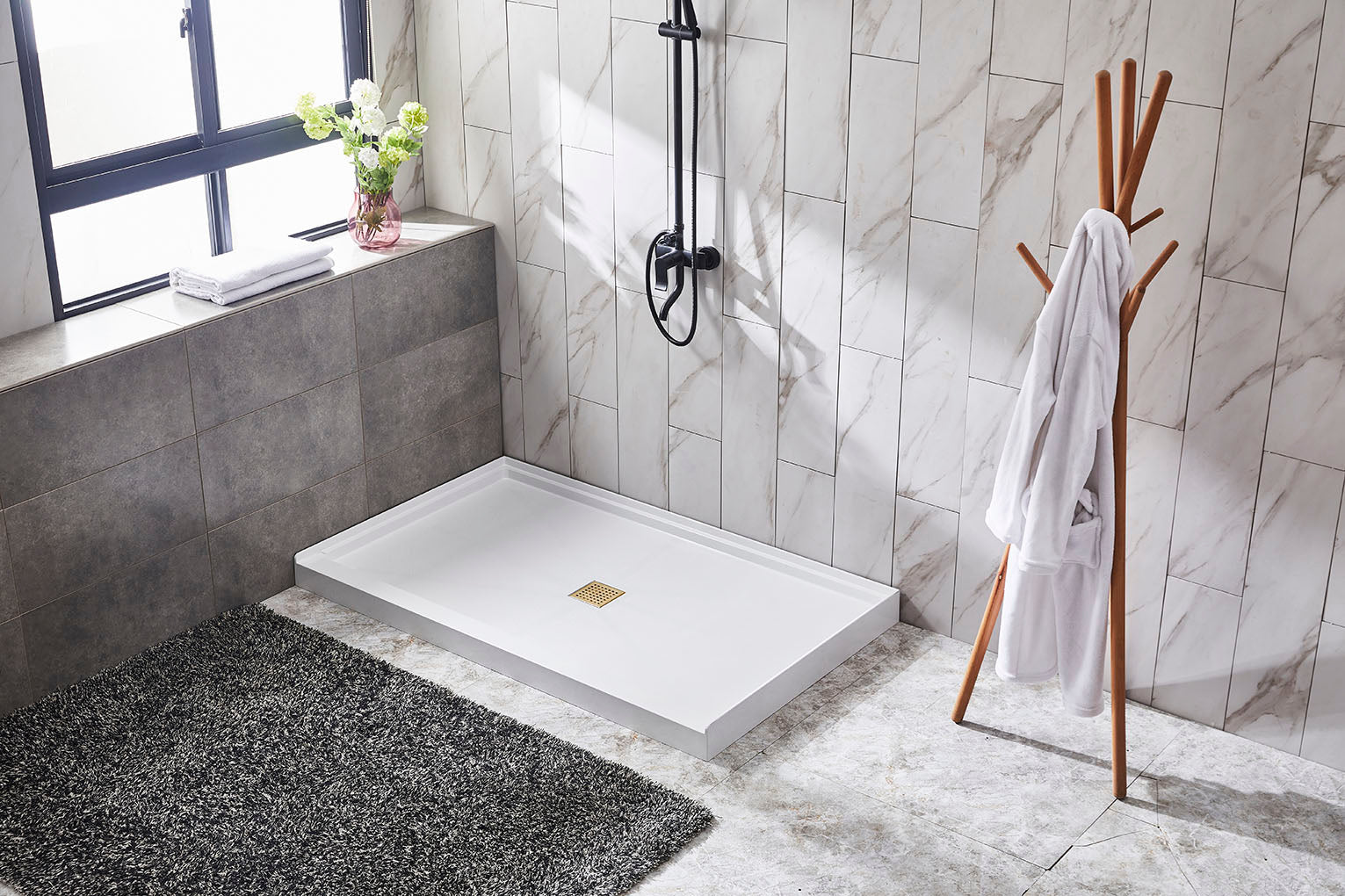There’s nothing quite as frustrating as stepping into your bathtub and realizing the water isn’t draining properly. Whether it's a minor inconvenience or a significant issue, a clogged bathtub can quickly disrupt your bathroom routine. Fortunately, learning how to unclog a bathtub doesn’t always require a plumber. With the right tools and techniques, you can tackle this issue yourself, saving both time and money.
In this guide, we’ll cover simple and effective methods to unclog your bathtub, along with tips to prevent future clogs. We’ll also introduce some luxury bathtub options from Ace Decor Bath, like the LY Curved Freestanding Soaking Tub, designed for style and easy maintenance.
Why Do Bathtubs Get Clogged?
Understanding the causes of clogged bathtub drains is the first step toward solving and preventing the problem. Here are the most common culprits:
- Hair: Hair buildup is the leading cause of bathtub clogs. It tangles into masses that trap soap and other debris.
- Soap Scum: Soap, when mixed with hard water minerals, forms a sticky residue that lines the pipes and traps dirt.
- Oils and Dirt: Bathing rinses off body oils, grime, and dirt, which can combine with soap scum to create blockages.
- Bath Products: Shampoo, conditioner, and other products can leave residues that gradually accumulate.
- Foreign Objects: Small items like jewelry or bits of soap accidentally slip down the drain, worsening blockages.
Knowing these causes will help you not only unclog your bathtub but also take preventive measures to avoid future blockages.
Methods for Unclogging a Bathtub
There are various methods for unclogging a bathtub, ranging from simple home remedies to more involved mechanical solutions. Here, we’ll cover several techniques, starting with the easiest and least invasive options and moving toward methods that require a bit more effort and tools.
1. Using a Plunger
A plunger is often the first line of defense when it comes to unclogging a drain, and it’s an essential tool that most households have on hand. The plunger works by creating suction, which can dislodge the clog and allow the water to flow again.
How to use a plunger:
- Fill the Bathtub with Water: Start by filling the tub with enough water to cover the base of the plunger. The water helps create the necessary suction.
- Position the Plunger: Place the plunger over the drain, ensuring a tight seal.
- Plunge: Push the plunger up and down quickly, maintaining a seal with the drain. Repeat this for about 30 seconds to a minute.
- Test the Drain: Remove the plunger and see if the water drains. If the clog persists, try repeating the process.
While a plunger can be effective for minor clogs, it may not always be sufficient for more stubborn blockages.
2. Baking Soda and Vinegar Method
For those looking for an eco-friendly and non-toxic solution, the combination of baking soda and vinegar can work wonders on minor clogs. The chemical reaction between the two substances helps break down grease, soap scum, and other debris that may be causing the blockage.
How to use baking soda and vinegar:
- Remove Excess Water: If your bathtub has standing water, drain as much of it as possible.
- Pour Baking Soda: Pour 1/2 cup of baking soda directly into the drain.
- Add Vinegar: Pour 1/2 cup of white vinegar down the drain immediately after the baking soda. You’ll notice a fizzing reaction, which indicates the mixture is working to break down the clog.
- Let It Sit: Allow the mixture to sit for at least 30 minutes. For more stubborn clogs, you can leave it overnight.
- Flush with Boiling Water: After letting the solution sit, pour a pot of boiling water down the drain to help flush out the debris.
This method is not only effective but also serves as a great routine maintenance solution for preventing future clogs.
3. Drain Snake (Plumber’s Snake)
For more serious clogs, especially those caused by hair or foreign objects deep in the drain, a plumber’s snake (also called a drain auger) may be necessary. A drain snake is a flexible, long metal cable that can reach far down the drain to break up or remove blockages.
How to use a drain snake:
- Remove the Drain Cover: If your tub has a drain cover or stopper, you’ll need to remove it to access the drain. This may involve unscrewing or prying off the cover.
- Insert the Snake: Feed the end of the drain snake into the drain slowly, turning the handle to push it deeper into the pipe.
- Rotate and Pull: When you feel resistance, it likely means the snake has reached the clog. Rotate the handle to break up or latch onto the clog, then slowly pull the snake out.
- Test the Drain: After removing the clog, run water to see if the drain is flowing properly.
A drain snake is especially useful for removing hair clogs, which are difficult to clear with chemical or pressure-based methods.
4. Boiling Water
For mild clogs, especially those caused by soap scum or grease, boiling water can be a surprisingly effective solution. It’s an easy, cost-free method that works best for minor blockages.
How to use boiling water:
- Boil Water: Bring a large pot of water to a boil.
- Pour Slowly: Carefully pour the boiling water down the drain in stages, allowing it to work its way through the clog.
- Repeat: You may need to repeat this process two to three times for maximum effect.
While boiling water works well for minor clogs, it’s not suitable for plastic pipes or acrylic bathtubs, as the extreme heat can cause damage.
5. Using a Wet/Dry Vacuum
If you have access to a wet/dry vacuum (shop vac), you can use it to suck the clog out of the drain. This method works best if the clog is located near the surface or consists of loose debris like hair.
How to use a wet/dry vacuum:
- Set the Vacuum to Liquid Mode: Make sure your vacuum is set to handle liquids.
- Seal the Drain: Use the vacuum’s hose attachment to create a tight seal over the drain.
- Suck Out the Clog: Turn the vacuum on and let it work for a minute or two. The vacuum’s suction should pull the clog out of the drain.
This method is more powerful than plunging and can be very effective if the clog is near the drain opening.
Preventing Future Bathtub Clogs
Once you’ve cleared the clog, the next step is to prevent future blockages. Regular maintenance and a few preventative measures can keep your bathtub drain clear for the long term.
1. Install a Drain Catcher
A drain catcher is an inexpensive and simple solution to prevent hair and debris from entering the drain. This small device sits over or inside the drain and collects hair, soap, and dirt before it can cause a clog. For those with luxurious freestanding tubs, like the LY Curved Freestanding Soaking Tub, a drain catcher won’t detract from the aesthetic while providing effective protection.
2. Flush the Drain Regularly
Running hot water down the drain after every bath or shower helps clear away soap scum and oils before they solidify and cause a clog. It’s a simple but effective habit for maintaining a clog-free drain.
3. Use a Monthly Drain Cleaner
Even if your bathtub seems to be draining smoothly, it’s a good idea to use a gentle, natural drain cleaner once a month to break down any minor buildup. A simple mixture of baking soda and vinegar followed by boiling water can work wonders in keeping your pipes clear.
4. Avoid Pouring Oils and Grease Down the Drain
Oil-based bath products can solidify in the pipes, contributing to clogs. Try to avoid letting oils go down the drain, or rinse the tub thoroughly with hot water after using oily products.
Long-Term Bathtub Care and Maintenance
Keeping your bathtub clean and clog-free is just one part of maintaining its beauty and functionality. Regular cleaning and care can extend the life of your tub and ensure that it continues to provide a relaxing, spa-like experience.
For example, if you own a luxurious model like the LY Egg-Shaped Freestanding Soaking Tub, regular maintenance will help preserve its sleek, modern appearance. Wipe the tub dry after each use to prevent water stains, and use gentle, non-abrasive cleaners to keep the surface spotless.
Frequently Asked Questions (FAQ)
Q1: How often should I clean my bathtub drain to prevent clogs?
A: It’s a good idea to clean your bathtub drain at least once a month. This can be done by flushing it with hot water, using a baking soda and vinegar solution, or manually removing any visible debris.
Q2: Is it safe to use chemical drain cleaners in my bathtub?
A: While chemical drain cleaners can be effective, they are often harsh and can damage your pipes or bathtub finish if used frequently. It’s best to use natural solutions like baking soda and vinegar or mechanical methods like a drain snake.
Q3: What’s the best way to remove hair clogs?
A: The best way to remove hair clogs is with a drain snake or a drain auger. These tools can reach deep into the drain and latch onto the hair, allowing you to pull it out.
Q4: How do I prevent my freestanding bathtub, like the LY Seamless Freestanding Soaking Tub, from clogging?
A: Use a drain catcher to prevent hair and debris from entering the drain, and regularly flush the drain with hot water or a baking soda and vinegar solution to break down any minor buildups.
Conclusion: Keeping Your Bathtub Drain Clear and Functional
Unclogging a bathtub can be a simple task if you know the right methods. From using a plunger to employing a drain snake, there are several ways to clear blockages without calling in a plumber. Regular maintenance, such as using a drain catcher and flushing your pipes with hot water, can prevent clogs from forming in the first place.
For those looking to combine functionality with style, consider investing in one of the luxurious freestanding bathtubs from ACE DECOR, such as the LY Curved Freestanding Soaking Tub or the LY Egg-Shaped Freestanding Soaking Tub. These tubs provide an elegant and relaxing bathing experience, while their high-quality materials ensure easy cleaning and maintenance.

